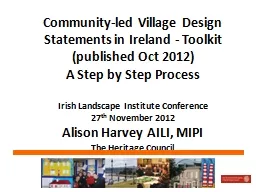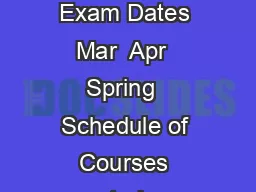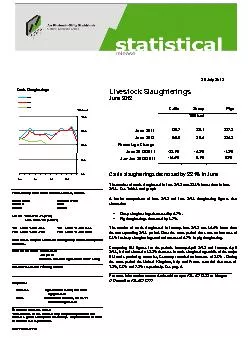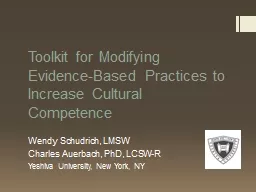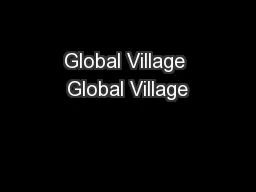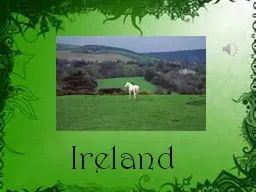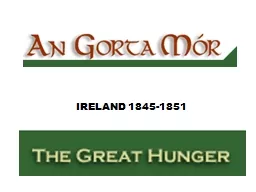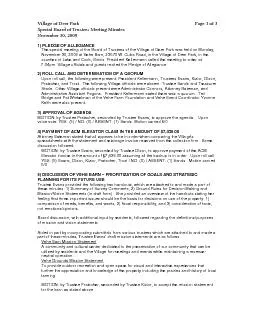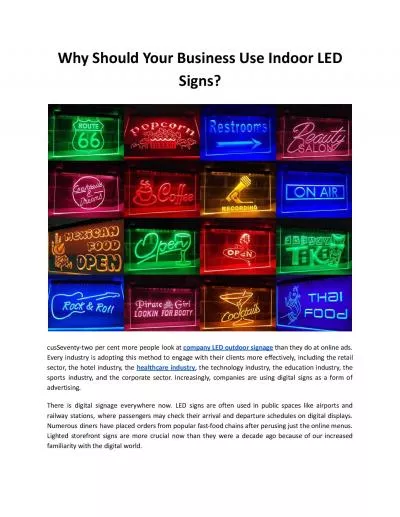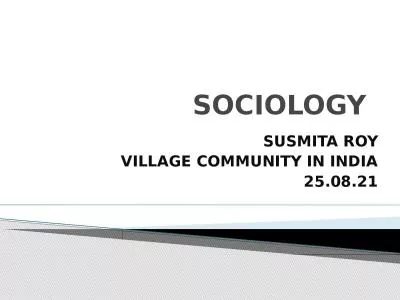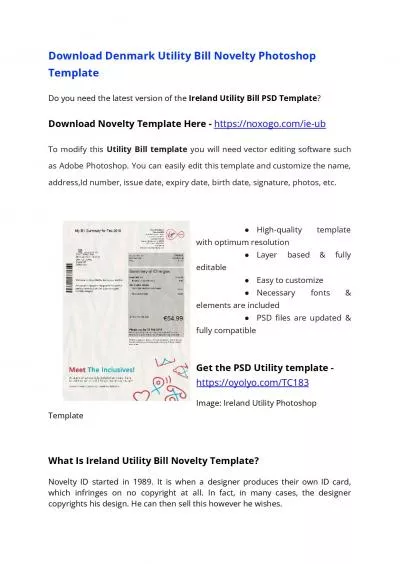PPT-Community-led Village Design Statements in Ireland - Toolkit (published Oct 2012)
Author : min-jolicoeur | Published Date : 2018-03-10
A Step by Step Process Irish Landscape Institute Conference 27 th November 2012 Alison Harvey AILI MIPI The Heritage Council Introduction 2 Parts Public Participation
Presentation Embed Code
Download Presentation
Download Presentation The PPT/PDF document "Community-led Village Design Statements ..." is the property of its rightful owner. Permission is granted to download and print the materials on this website for personal, non-commercial use only, and to display it on your personal computer provided you do not modify the materials and that you retain all copyright notices contained in the materials. By downloading content from our website, you accept the terms of this agreement.
Community-led Village Design Statements in Ireland - Toolkit (published Oct 2012): Transcript
Download Rules Of Document
"Community-led Village Design Statements in Ireland - Toolkit (published Oct 2012)"The content belongs to its owner. You may download and print it for personal use, without modification, and keep all copyright notices. By downloading, you agree to these terms.
Related Documents

